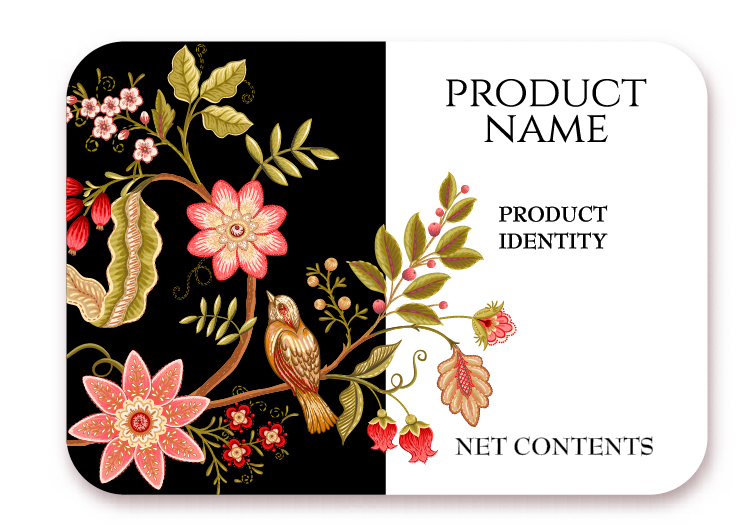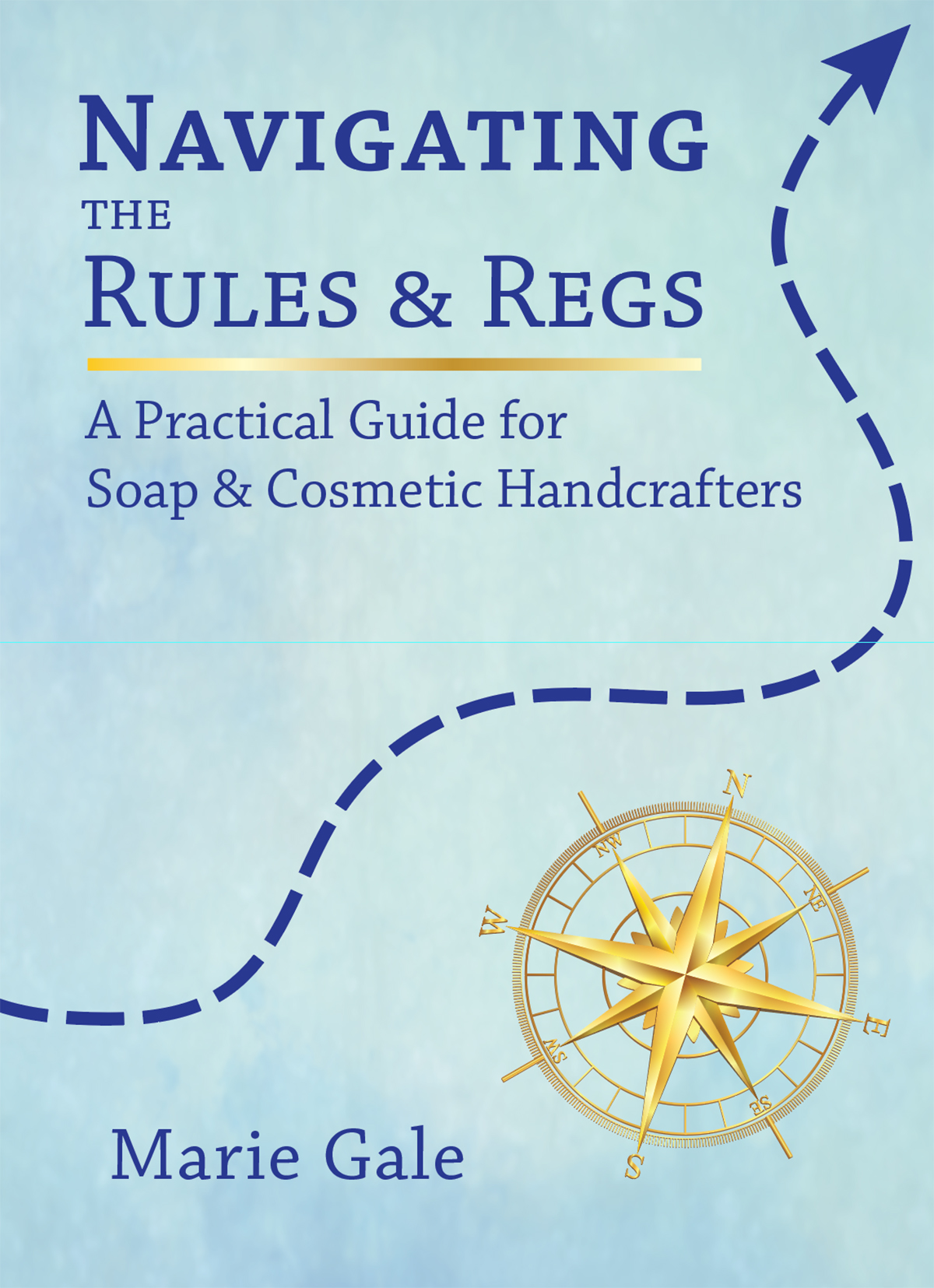Once again we’re discussing ingredient names, but this time as they are used in the name or identity of the product, not in the ingredient declaration.
It can get a little tricky because there are different regulations for cosmetics and for soap that is exempt from the definition of a cosmetic. See Intended Use – Know Before You Go and Melt & Pour Soap: Soap or Cosmetic? for more info about the differences.
Fair Packaging and Labeling Act
The Fair Packaging and Labeling Act is the law that was passed by Congress (in 1968) that sets the standards for product labeling in America. The intent of the FPLA is to provide consumers with necessary information to make value comparisons and to stop deceptive labeling practices.
The FPLA provides the authority for the detailed regulations that we have to comply with. For food, drugs, and cosmetics, the regulations were written by, and are enforced by, the Food and Drug Administration. For other products, including soap that is exempt from the definition of a cosmetic, the regulations were written by, and are enforced by, the Federal Trade Commission.
The FPLA does not contain any provisions covering using the name of an ingredient in the name or identity of a product, but it was apparently of sufficient concern that both the FDA and the FTC included provisions covering it (although these are different).
Name vs. Identity
There are two parts to the label which can be confused:
The Name
The name of the product is the trade name or brand name or the unique name that you have given to your product to make it stand out from other products. The name might be trademarked so others can’t use it. Examples of product names: “Regenerist” or “Tide Clear and Simple” or “Simply Green” (brands or names, depending on use).
The name is not required on the product label.
The Identity
The identity of the product is what it is, or what it is intended to do. It is usually a generic description using common words; it might be a picture or illustration. The identity is too general to be trademarked. Example of Identity: soap, lotion, cream, scrub, etc.
Using an Ingredient Name
The regulations covering using an ingredient name in the name or identity of a product are different for soaps and cosmetics. Hence the tendency for confusion.
Cosmetics
Labeling regulations covering the product name and identity for cosmetics (including soap as a cosmetic) are handled by the FDA.
Cosmetic: Product Name
A cosmetic can be misbranded by having the name of one (or more) but not ALL the ingredient in the NAME of the product.
In other words, if you make a lotion that contains water, various oils, emulsifiers, honey, fragrance and preservative, you can’t NAME the product “Honey Heaven” because that would be putting the name of an ingredient in the name of the product.
Consider the ramifications: if you put only one ingredient name in the name of the product, the consumer could reasonably consider that it is the ONLY ingredient in the product (or at least that it consists primarily of that ingredient).
As a example, my daughter came to me touting the benefits of shea butter, based on a lotion named “Shea Butter.” When I gave her some actual, pure, 100% shea butter, she didn’t like it (“too greasy”). Needless to say, when I looked at the ingredients of her lotion I found it contained many more things that just shea butter. In fact, shea butter was in the ingredient list below the fragrance!
Putting the name of an ingredient in the name of a cosmetic product is likely to confuse the consumer, and could easily be considered deceptive or misleading. Hence you can’t (shouldn’t) do it.
Cosmetic: Product Identity
There are no regulations for cosmetics covering the use of an ingredient name in the identity of a cosmetic product.
However, the regulations covering deceptive or misleading practices still apply, so if the presentation is done in a way that could confuse the consumer, it is still in non-compliance.
Soap (Not a Cosmetic)
When soap is exempt from the definition of a cosmetic, it’s covered by the FTC regulations, which are different than those by the FDA.
Soap: Product Name
The FTC regulations don’t cover using the name of an ingredient in the product name. However, once again the aspects of “deceptive” or “misleading” come into play, so care should be taken when creating a name for your soap.
Soap: Product Identity
Ingredients or components which are not present in the commodity in a substantial or significantly effective amount many not be mentioned in the statement of identity.
The regulations do not specify what “substantial” or “significantly effective” amounts are.
The principle is very much like that of cosmetic product names: if you put an ingredient name in the identity, you are implying that the ingredient is important and provides some benefit. Consider a “shea butter soap.” Is there actually a substantial or significantly effective amount of shea butter? If not, then you are at risk of misleading or deceiving your consumer.
Scent or Additive Names
Many of us have used the name of the scent to describe the product (either as the name, or the identity, or both). While it seems like a good idea, this too can lead to confusion if the scent name sounds like an ingredient. It can get tricky.
A soap that is scented with Oatmeal, Milk, and Honey fragrance oil may not have any oatmeal or milk or honey in it at all. To identify it as “Oatmeal, Milk, and Honey Soap” could be misleading to the consumer, especially when you compare it with a soap that does contain oatmeal, milk, and honey (which might be more valuable to the consumer).
That said, there is nothing whatever wrong with putting marketing text on your label, on the front panel or anywhere in the informational panel. So long as it is truthful and doesn’t violate any other regulations, it’s fine. In fact, marketing text is a GOOD idea, because it helps to explain to the consumer what the product is, what it’s for and why YOURS is the best one out of all the possible choices.
Instead of naming or identifying the soap or cosmetic by the scent name, it might be a better practice overall to place additional marketing text on the label (where it is clearly NOT part of the name or identity) telling the consumer the scent of the product.
This also holds true for additives. A “French Green Clay Soap” might be better explained on the label as “Soap” (or “handmade soap” or your brand name) “with French Green Clay” or “contains French Green Clay.” Again, presented in a way that is clearly NOT part of the name or identity of the product.
Enforcement Realities
Now that you’ve read all this, you’re probably saying, “Yeah, but I see ingredient names in the product name or identity all the time!” That’s quite true.
It doesn’t make it right, but you will see it a lot. You’ll also see places where the text, font, and colors are used in a way to ensure that the ingredient or scent name is (just barely) marketing text, or at least a good enough argument could be made that no one is going to push the point.
What with recent recalls of over 500 products because of a listeria outbreak in frozen vegetables and a multistate E. coli outbreak linked to flour, not to mention more significant label or safety violations for cosmetic products, it’s unlikely that the FDA agents are going to be perusing the aisles looking for ingredient names in the name of a product. State agencies probably also have much bigger fish to fry.
But just because others have “gotten away with it” and you might get away with it too, it doesn’t mean that it’s a good idea.
Best case scenario is that your bad labeling becomes another small, silent nail in the coffin that contains our current cosmetic freedoms, buried under new regulations that require labels to be approved in advance (as many other countries now require).
Worst case scenario is that you actually do come to the attention of the FDA, FTC, or state inspectors and not only your label, but your whole facility and all your manufacturing practices come under detailed scrutiny.
Summary
It’s not hard to modify a label to make it compliant, and it’s certainly much easier to do that than face the potential alternative to you, your business, and the industry in general.
So take a moment and make sure your label is compliant and that you haven’t accidentally misled your customers by incorrectly implying what makes up your product.



Leave a Reply